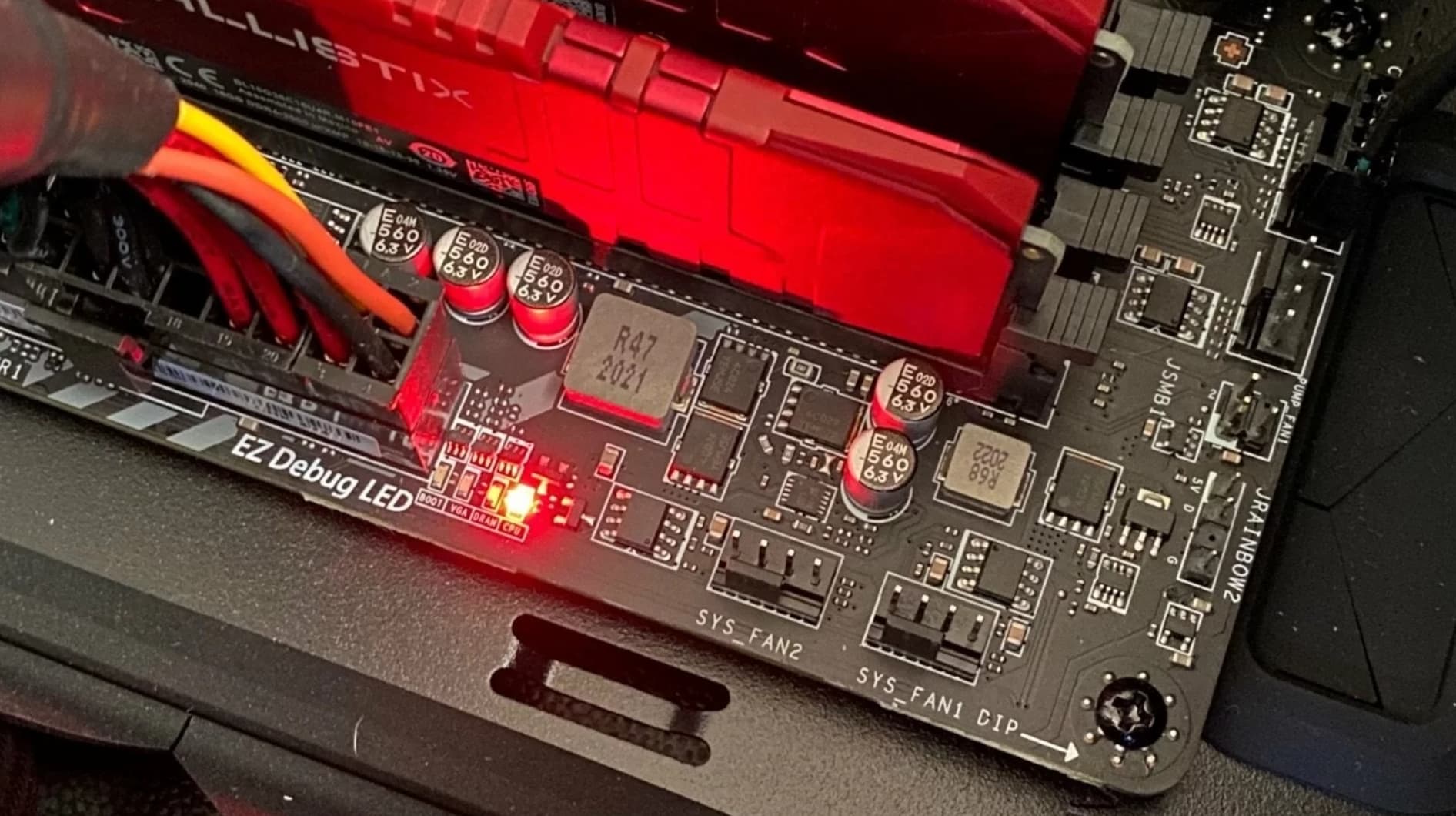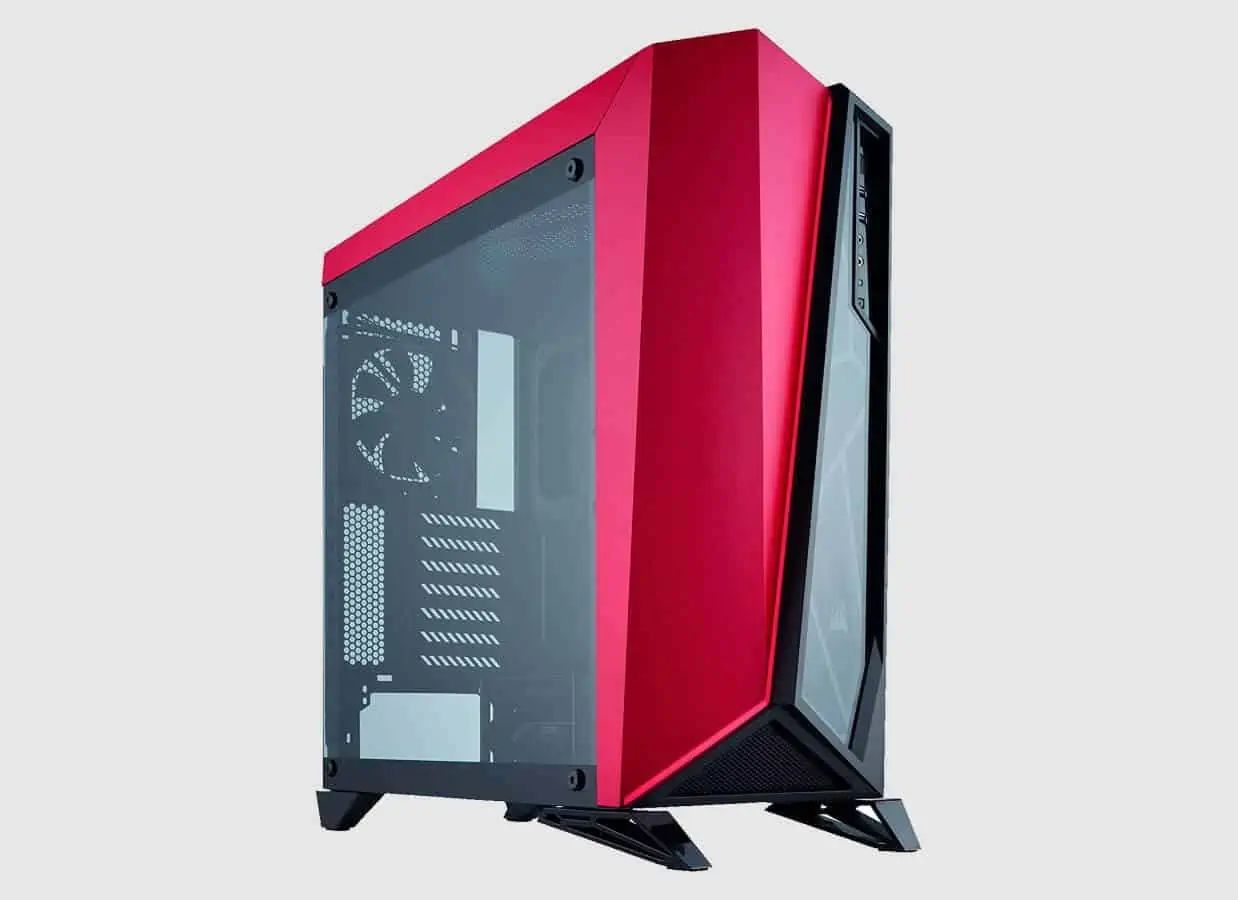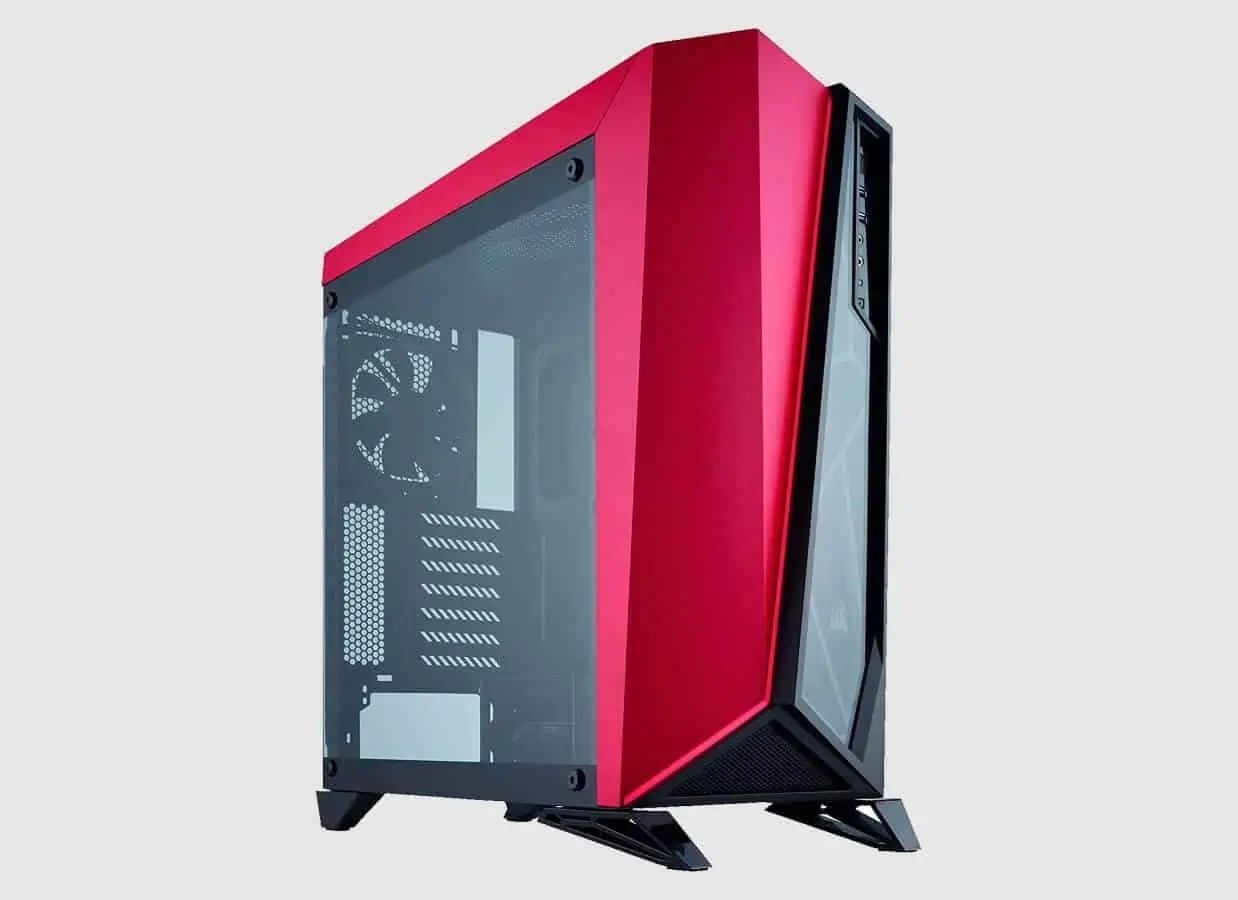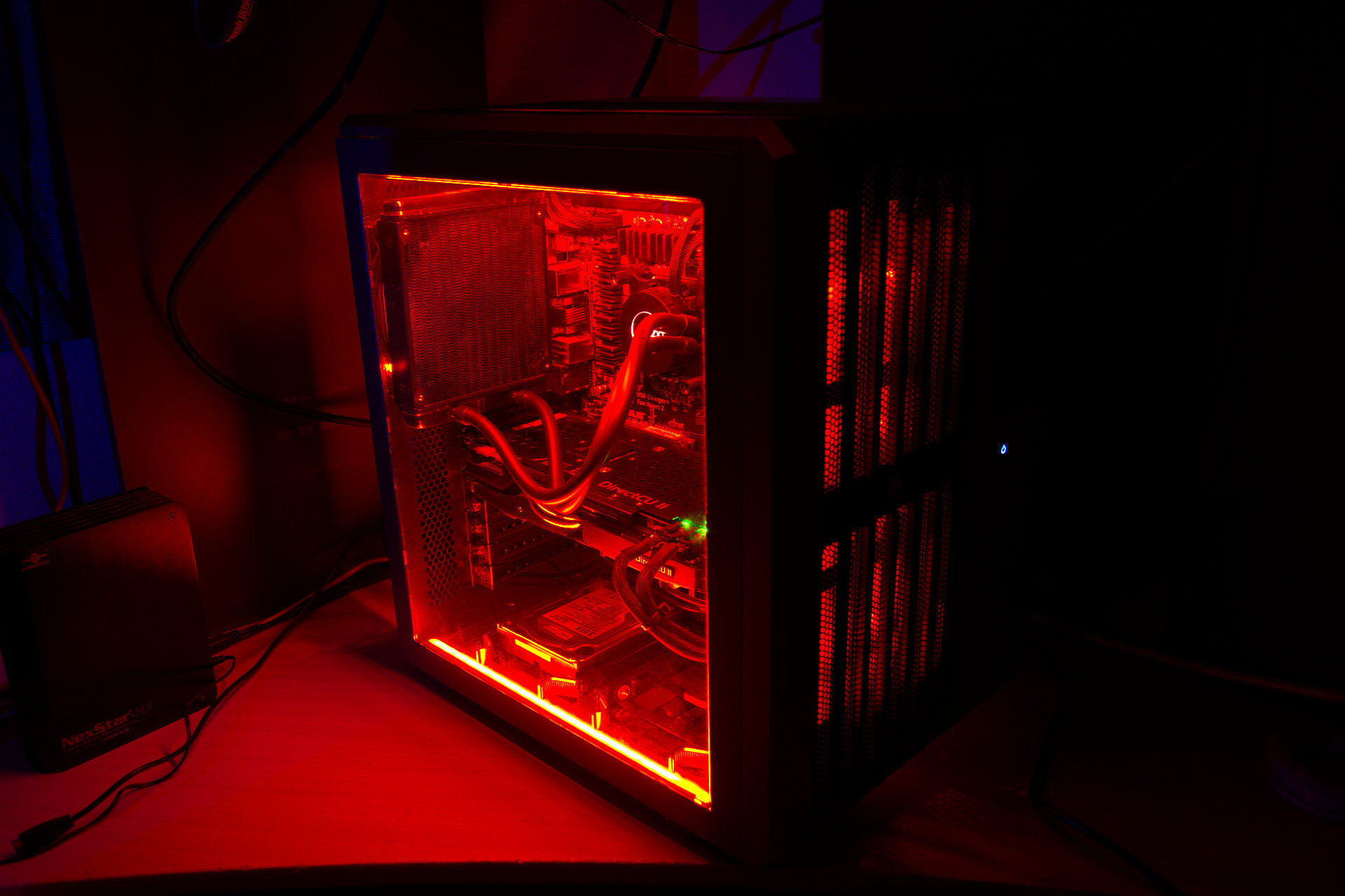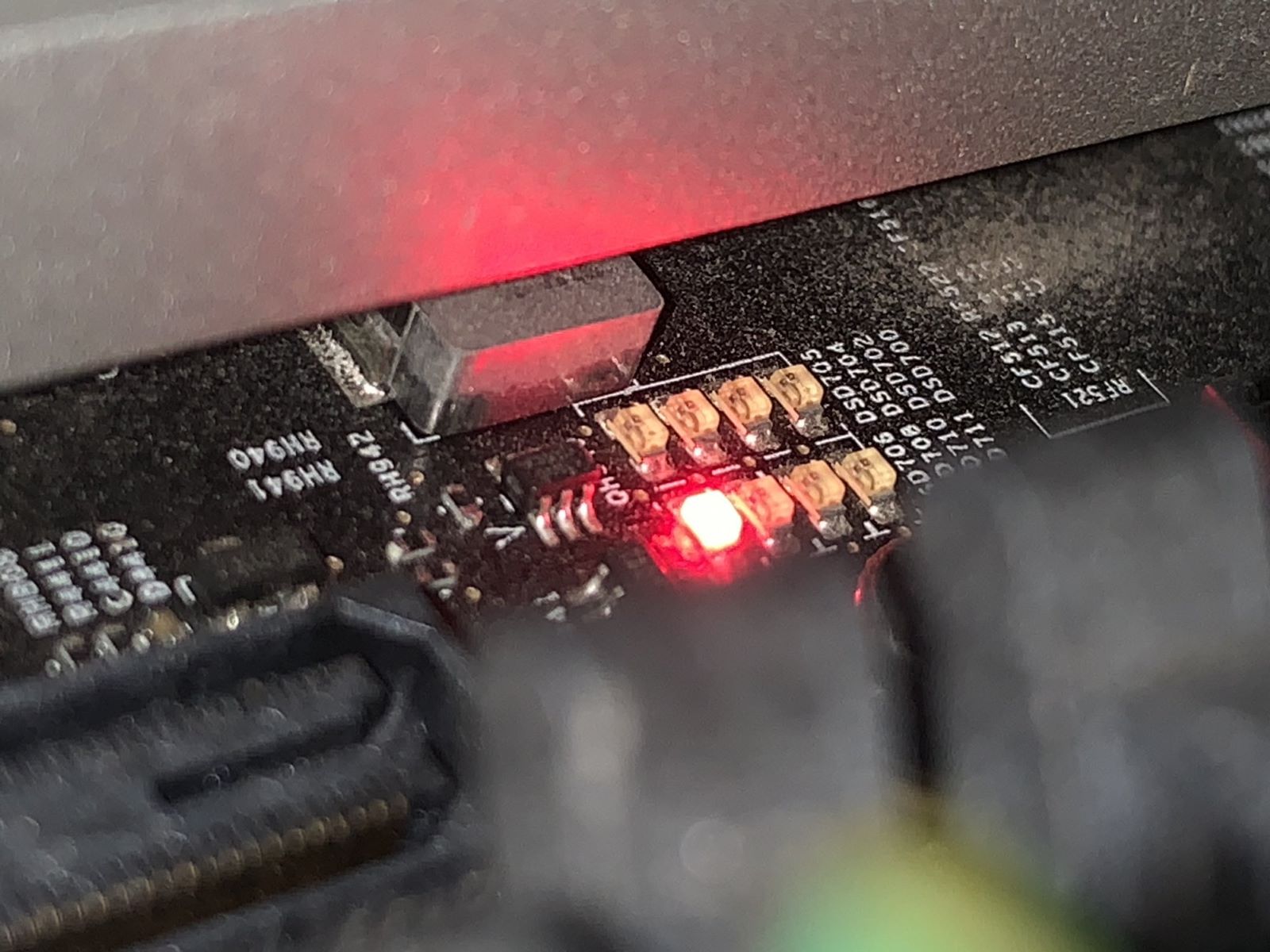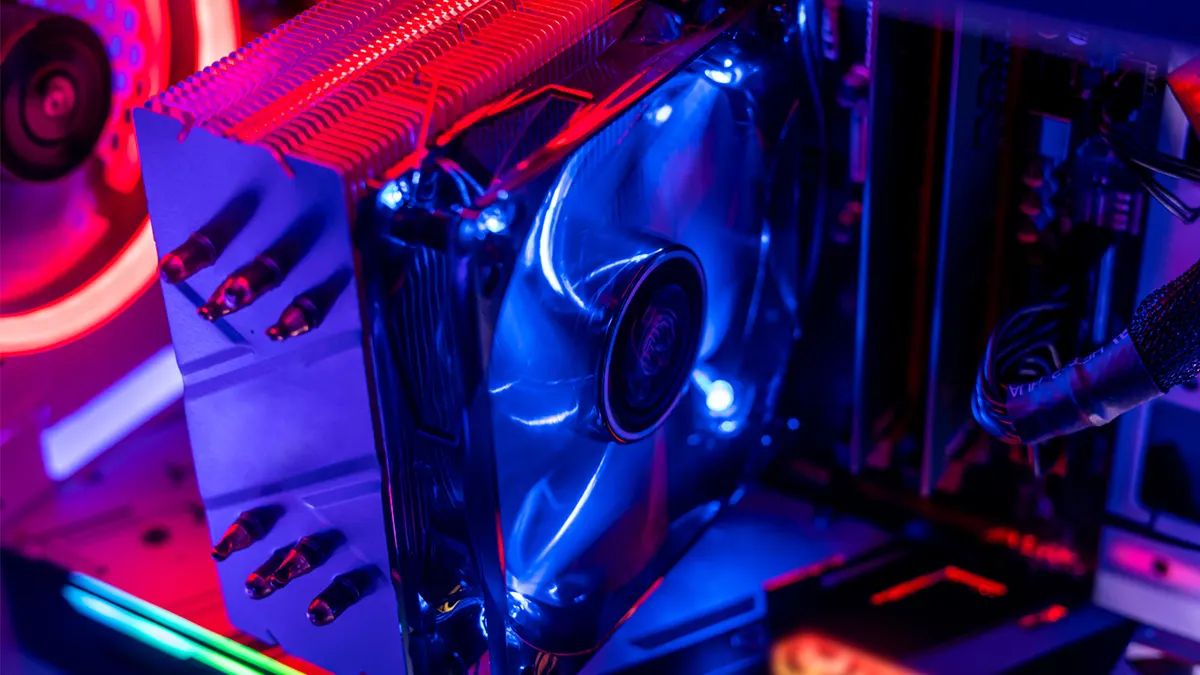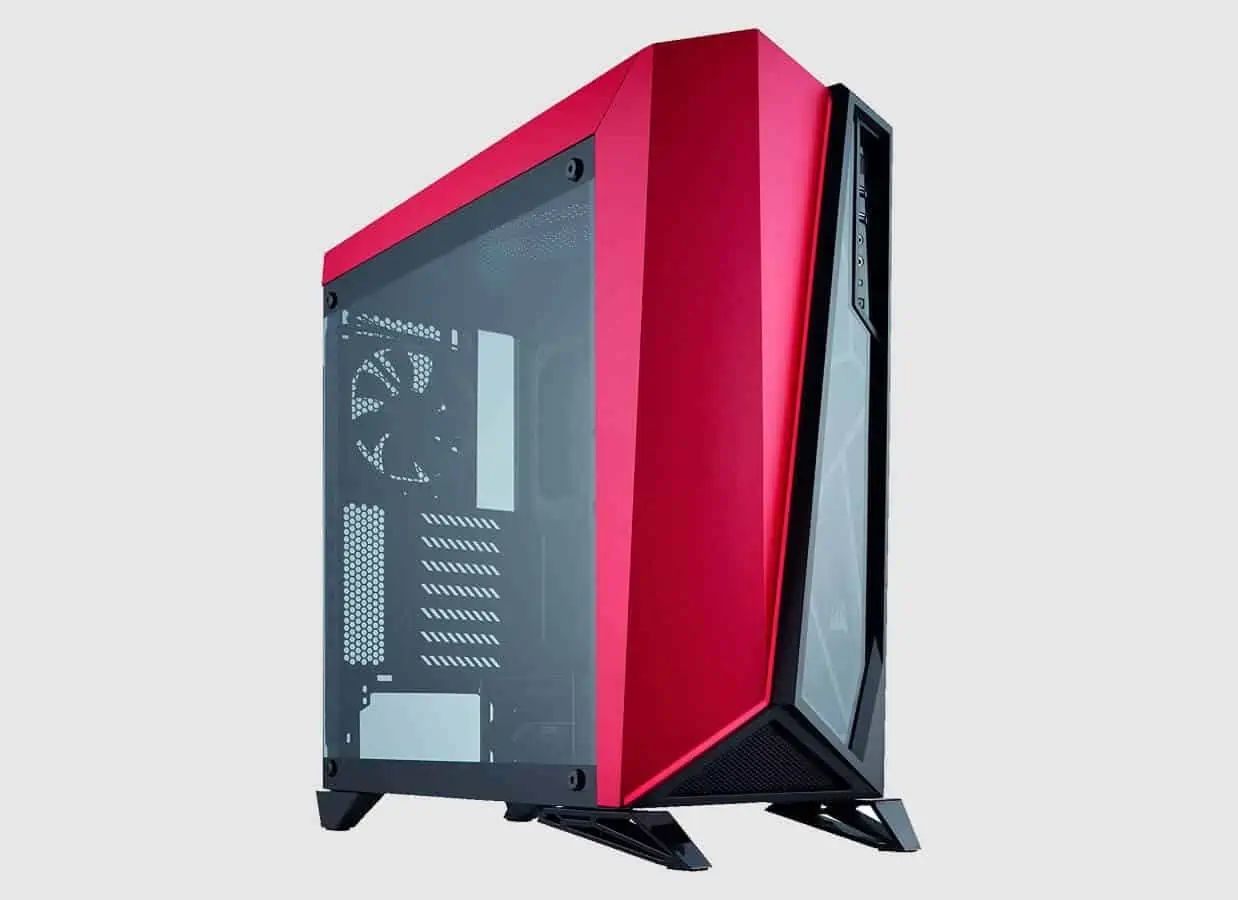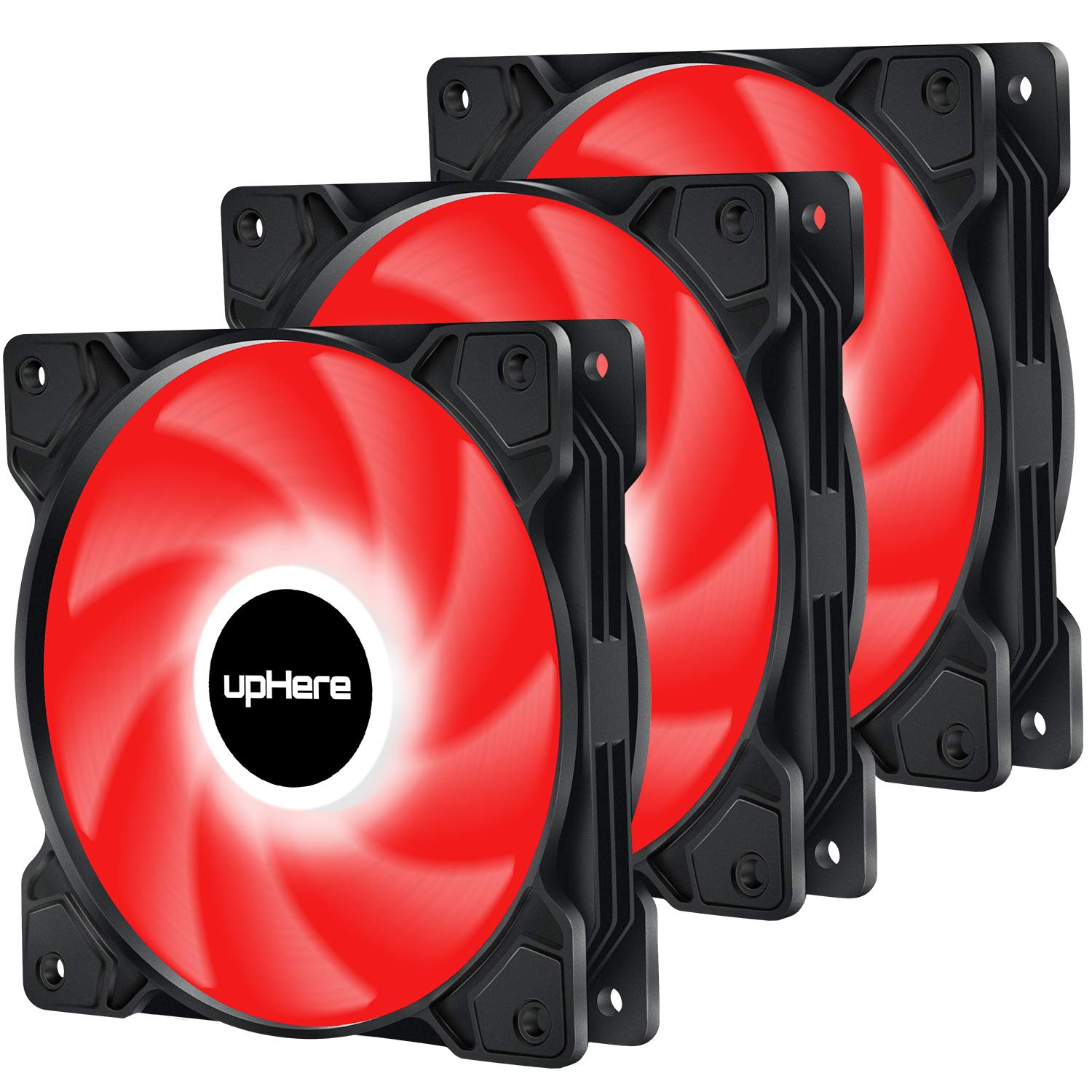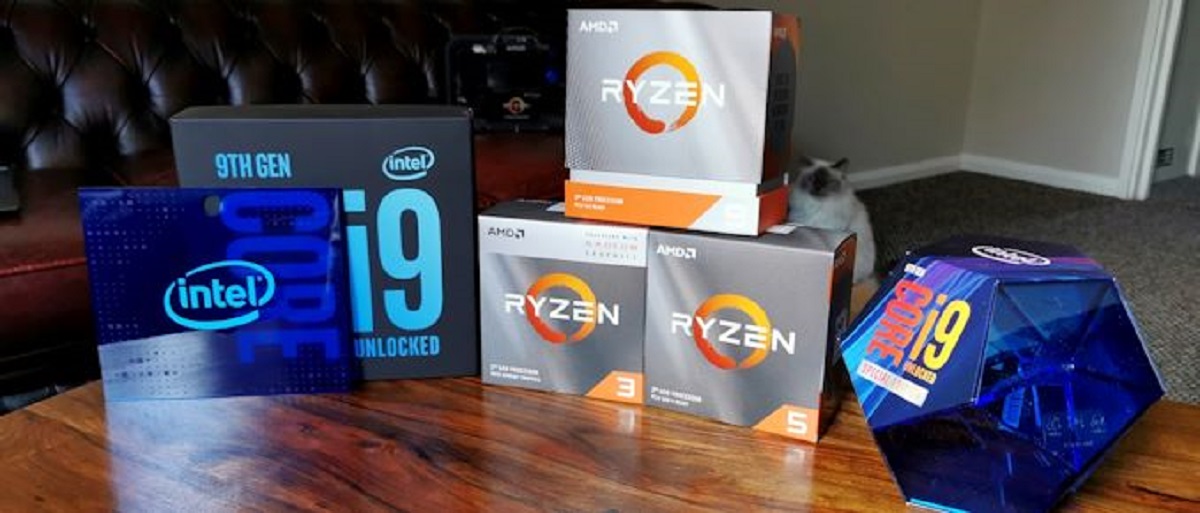Introduction
When it comes to the performance and longevity of your computer, overheating is a problem you definitely want to avoid. The components inside your PC generate heat as they process data, and if this heat is not properly dissipated, it can lead to malfunctions, system crashes, or even permanent damage. To prevent this, PC cases are equipped with cooling fans that help regulate the temperature and keep the components running smoothly.
But have you ever noticed that sometimes these fans flash red? You might wonder why they do that and what it signifies. In this article, we will explore why fans flash red when your PC case is overheating. We will also discuss the causes of PC overheating, ways to monitor your PC’s temperature, and preventive measures you can take to avoid overheating issues.
Whether you are a hardcore gamer, a graphic designer, or simply use your computer for everyday tasks, understanding the reasons behind fan flashing can help you identify and address potential overheating issues before they cause any significant harm.
What Causes Overheating in PC Cases
There are several factors that can contribute to overheating in PC cases. Understanding these causes is crucial in order to effectively address the issue. Here are some common reasons why your PC may be overheating:
- Dust buildup: Over time, dust accumulates inside your PC case and blocks the airflow. This can result in insufficient cooling and lead to overheating.
- Faulty or inadequate cooling system: If the fans in your PC case are not functioning properly or if you don’t have enough fans to dissipate the heat, it can cause components to overheat.
- Overclocking: Overclocking is the process of increasing the clock speed of your components to achieve higher performance. While this can enhance your PC’s performance, it also generates more heat, potentially pushing your components beyond their thermal limits.
- Inadequate thermal paste application: Thermal paste is used to create a thermal interface between the CPU and the heatsink, facilitating efficient heat transfer. If the thermal paste is not applied properly, it can hinder the cooling process and contribute to overheating.
- Inefficient cable management: Poor cable management inside your PC case can obstruct the airflow and prevent proper cooling, leading to overheating.
- Inadequate ventilation: If your PC case is placed in a confined space without proper ventilation, the heat generated by the components will not be able to dissipate effectively, resulting in overheating.
It’s important to note that each PC setup is unique, and the causes of overheating can vary. Identifying the specific reason behind the overheating issue in your PC case will help you implement the appropriate solutions and prevent further damage to your system.
Why Do Fans Flash Red When Overheating
When your PC case is overheating, the cooling fans inside the case might start flashing red. The flashing red light serves as a warning signal to indicate that the temperature inside your PC has reached a critical level. This feature is often found in modern PC cases equipped with smart fan technology or temperature monitoring systems.
The flashing red light is a visual alert that prompts you to take immediate action and address the overheating issue. It’s a way for your PC to communicate with you and ensure that you are aware of the potentially damaging situation. By drawing your attention to the problem, the flashing red fan serves as a helpful reminder to investigate and take steps to cool down your PC.
The specific mechanism behind the flashing red fans may vary depending on the PC case manufacturer. Some cases have built-in temperature sensors that detect when the internal temperature exceeds a certain threshold. Once that threshold is reached, the fans will start flashing red to indicate the critical condition.
In addition to the visual alert, some PC cases may also incorporate an audible alarm or send notifications to your computer or smartphone. These additional features provide multiple ways to notify you about the overheating issue, ensuring that you do not miss the warning sign.
It’s important to take immediate action when the fans start flashing red. Continuing to use your PC in an overheated state can result in irreversible damage to your components. By addressing the issue promptly, you can prevent system crashes, data loss, and potential hardware failure.
In the next section, we will discuss how you can monitor your PC’s temperature to detect potential overheating issues before they reach the critical stage.
How Can You Monitor PC Temperature
Monitoring your PC’s temperature is crucial for identifying potential overheating issues and ensuring the optimal performance and longevity of your system. Fortunately, there are several methods you can use to monitor the temperature of your PC components. Here are a few effective ways:
- Software monitoring: Many software applications are available that can monitor the temperature of your CPU, GPU, and other components in real-time. These programs display the temperature readings on your screen, allowing you to keep a close eye on the temperature levels. Popular software options include Open Hardware Monitor, Core Temp, and HWMonitor.
- BIOS monitoring: Your computer’s BIOS (Basic Input/Output System) provides access to various hardware settings, including temperature monitoring. By entering the BIOS menu during the computer’s startup process, you can check the temperature readings and ensure they are within acceptable limits. However, this method may require some technical knowledge.
- Hardware monitoring tools: Some PC cases come with built-in temperature sensors and control panels that display the temperature readings. These tools provide a convenient way to monitor the temperature without relying on software or BIOS monitoring.
- External temperature monitors: If you prefer a more comprehensive approach, you can invest in external temperature monitoring devices. These devices connect to your PC via USB and provide accurate temperature readings for different components. They often come with dedicated software that allows you to track temperature trends and set alarms for critical temperature thresholds.
Regardless of the method you choose, it’s important to regularly monitor your PC’s temperature to identify any abnormal spikes or sustained high temperatures. By keeping an eye on the temperature levels, you can take preventive measures before overheating causes any issues.
Now that you know how to monitor your PC’s temperature, let’s explore some effective ways to prevent overheating in your PC case.
Preventing Overheating in PC Cases
Preventing overheating in your PC case is essential for maintaining the performance and longevity of your system. By following these preventive measures, you can effectively manage the temperature and minimize the risk of overheating:
- Clean your PC regularly: Dust buildup is a major contributor to overheating. Regularly clean the inside of your PC case using compressed air or a vacuum cleaner. Pay close attention to the CPU heatsink, fans, and vents to ensure optimal airflow.
- Ensure proper cable management: Good cable management improves airflow inside the PC case. Keep cables organized and away from fans and vents to promote better cooling.
- Upgrade your cooling system: If your PC case’s cooling system is inadequate or faulty, consider upgrading to more efficient cooling solutions. Install additional case fans, upgrade the CPU cooler, or invest in liquid cooling systems for better heat dissipation.
- Apply thermal paste correctly: During CPU installation or maintenance, ensure that thermal paste is applied evenly and in the right amount. This improves heat transfer between the CPU and the heatsink, preventing overheating.
- Optimize your PC’s airflow: Make sure that your PC case has sufficient intake and exhaust fans to create a balanced airflow. Intake fans should be placed in the front, while exhaust fans should be positioned at the rear or top of the case.
- Monitor and control ambient temperature: Keep your PC case in a well-ventilated area and away from direct sunlight. High ambient temperatures can exacerbate overheating issues.
- Avoid overloading your PC: Running too many resource-intensive programs simultaneously can strain your PC’s components and increase heat generation. Close unnecessary applications and limit background processes to reduce heat buildup.
- Avoid excessive overclocking: While overclocking can boost performance, it also generates more heat. If you choose to overclock, ensure that your cooling system can handle the increased heat output without causing overheating.
By implementing these preventive measures, you can significantly reduce the risk of overheating in your PC case. Remember, prevention is key to maintaining optimal performance and avoiding costly repairs or component replacements.
Now that you are familiar with the causes of overheating, the significance of fans flashing red, temperature monitoring methods, and preventive measures, you are well-equipped to keep your PC running cool and effortlessly handle demanding tasks.
Conclusion
Overheating is a common issue in PC cases that can lead to a host of problems, including system instability, crashes, and hardware damage. Understanding why fans flash red when overheating and implementing preventive measures is crucial to ensuring the optimal performance and longevity of your computer.
In this article, we explored the causes of overheating, such as dust buildup, inadequate cooling systems, and overclocking. We also discussed how fans flashing red serve as a warning sign, indicating that your PC case has reached a critical temperature level that requires immediate attention.
Monitoring your PC’s temperature using software, BIOS, or external devices is vital in detecting potential overheating issues before they cause damage. By regularly checking temperature levels and addressing abnormal spikes, you can prevent overheating and keep your system running smoothly.
Additionally, we discussed several preventive measures to avoid overheating, including regular cleaning, proper cable management, upgrading cooling systems, applying thermal paste correctly, optimizing airflow, controlling ambient temperature, avoiding excessive overclocking, and managing resource-intensive tasks.
By implementing these preventive measures, you can minimize the risk of overheating and ensure the optimal performance and longevity of your PC components.
Remember, taking proactive steps to prevent overheating is crucial, as it can save you from costly repairs or having to replace damaged hardware.
So, keep a close eye on your PC’s temperature, address any overheating issues immediately, and follow the preventive measures outlined in this article for a cool and efficient computing experience.







